Historical Context And Ecological Significance
Grizzly bears once thrived in the North Cascades, serving as key players in the region’s ecosystem.
These apex predators helped maintain wildlife balance and environmental health. However, extensive hunting and human encroachment led to their disappearance.
The absence of grizzlies has disrupted the ecological dynamics, prompting conservationists to consider their reintroduction to restore natural balance.
Reintroducing grizzly bears is a crucial step in ecological restoration. As apex predators, grizzlies regulate prey populations and promote biodiversity.
Successful reintroduction efforts in other regions have shown positive ecological impacts.
This initiative aligns with sustainable travel guides and eco-tourism USA, appealing to those interested in wildlife-watching tours and outdoor adventure activities.
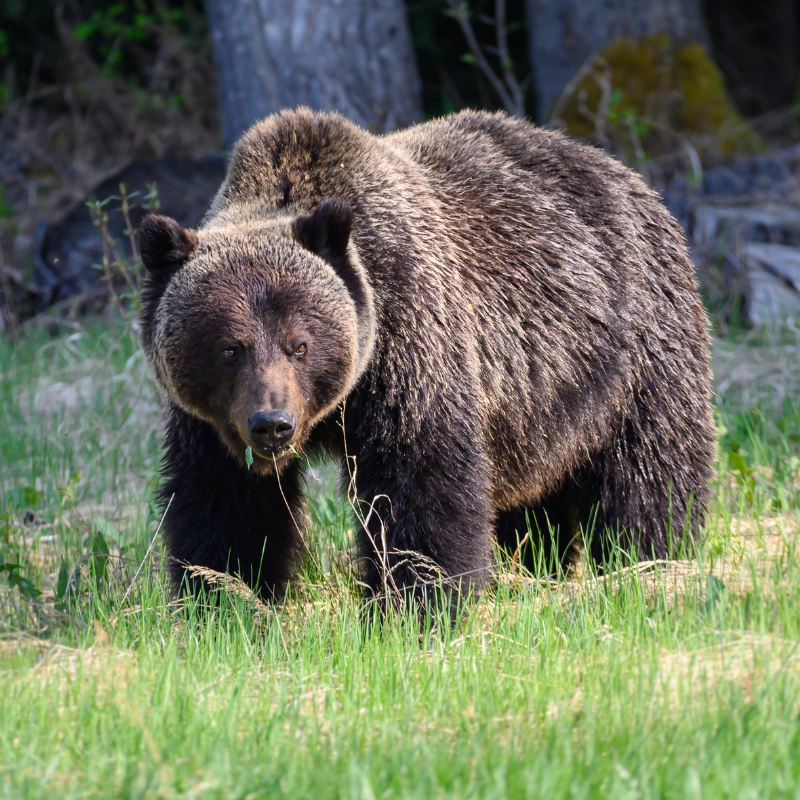
The Reintroduction Plan
The plan involves transporting grizzly bears by helicopter to the 505,000-acre wilderness of the North Cascades, located about 100 miles northeast of Seattle.
The selection process considers genetic diversity and adaptability. Logistical considerations ensure the safety and well-being of the bears during transport and release.
“The process to chart a course for North Cascades Ecosystem grizzly bear recovery has been long and exhaustive. Federal agencies have gone above and beyond, working closely with grizzly bear experts on recovery plan foundations, alternatives, and actions. The science is clear on the viability of the North Cascades habitat for securing a future for grizzly bears without significant impacts to people and their ability to live and recreate in such a vast ecosystem.” – Joe Scott, Conservation Northwest International Director
The initiative involves collaboration among federal and state wildlife agencies, conservation organizations, and local communities.
The decision-making process is informed by research and public consultations, balancing scientific evidence with community input to address ecological and social concerns.
Community Concerns And Opposition
Residents like Velma and Ken Perrigoue express concerns about grizzly bears’ impact on livestock.
While they coexist with black bears, introducing grizzlies raises fears of increased risks. These concerns highlight the need for strategies to ensure safety for both humans and wildlife.
The reintroduction has significant economic and social implications. While some fear negative impacts on agriculture, others see potential benefits for eco-tourism and national park travel.
Community meetings reveal diverse opinions, reflecting the complexity of balancing conservation goals with local livelihoods.
Balancing Conservation And Community Needs
Efforts to address safety concerns include strategies to mitigate human-wildlife conflict.
Educational programs aim to equip communities with knowledge and resources for coexistence.
These initiatives foster harmony between humans and wildlife and support sustainable travel practices.
The plan includes comprehensive monitoring and evaluation. Tracking the bears and assessing their ecological impact will provide data for adaptive management.
This approach ensures the project remains responsive to changing conditions and community feedback.
Lessons From The North Cascades Initiative
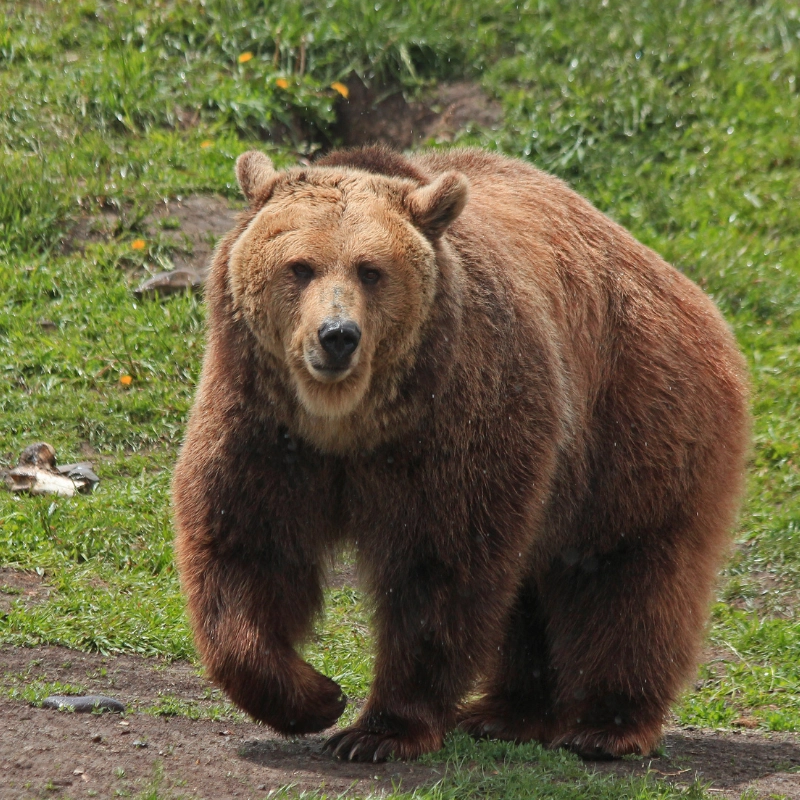
The grizzly bear reintroduction offers insights for future conservation projects. Lessons learned can inform efforts in other regions, such as Florida recreation areas, where ecological restoration is a priority.
The project underscores the importance of integrating scientific research with community engagement.
Public engagement is critical for successful conservation. Involving communities in planning and implementation fosters ownership and support for long-term ecological goals.
This approach aligns with environmentally conscious travelers’ values, prioritizing conservation and sustainable travel experiences.

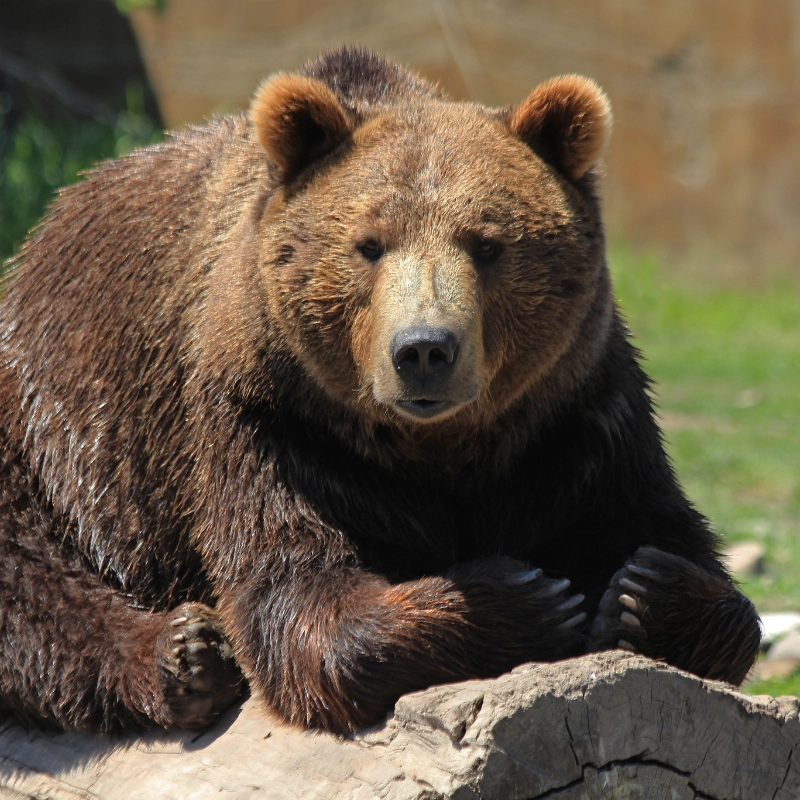


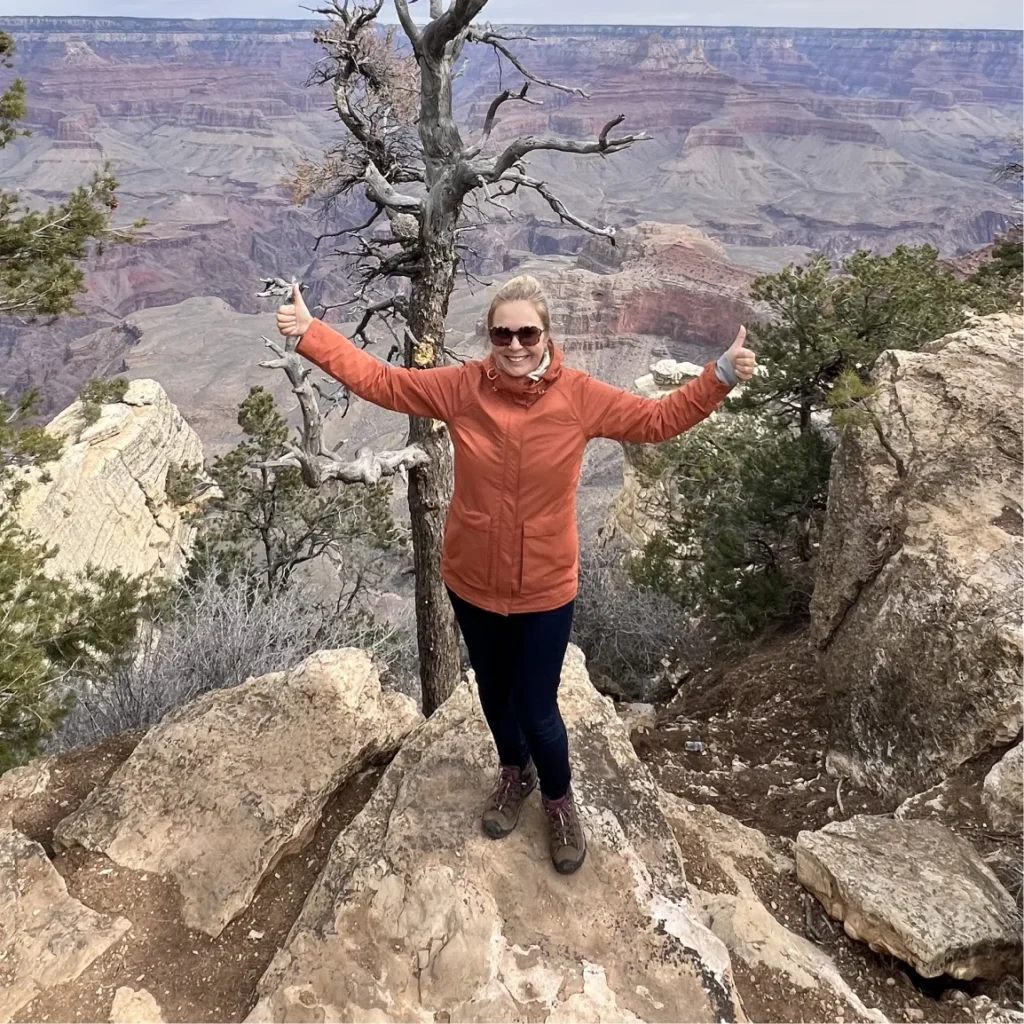

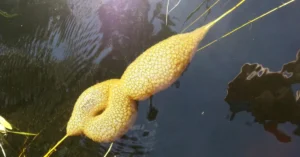


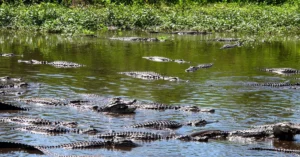
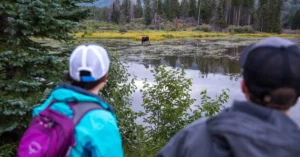
6 thoughts on “Bringing Back Grizzlies To The North Cascades Faces Mixed Reactions”
Got to hand it to the folks behind this reintroduction plan. Bringing grizzlies back to the North Cascades sounds like a real step forward for the ecosystem. Wonder how they’ll ensure these giants mesh well without causing too many ripples in the community. Any insight, Julia?
Does anyone know if there’s a plan for monitoring the bears’ movements once they’re reintroduced?
This sounds like trouble waiting to happen. Bears are unpredictable.
Loving the idea of bringing grizzlies back to the North Cascades! Nature rebalancing itself is pure joy. 😊
Sounds promising, but what’s the plan to ensure hikers’ safety with more grizzlies around?
Great question! Proper education and bear-proof containers are key. Coexistence is possible with awareness.